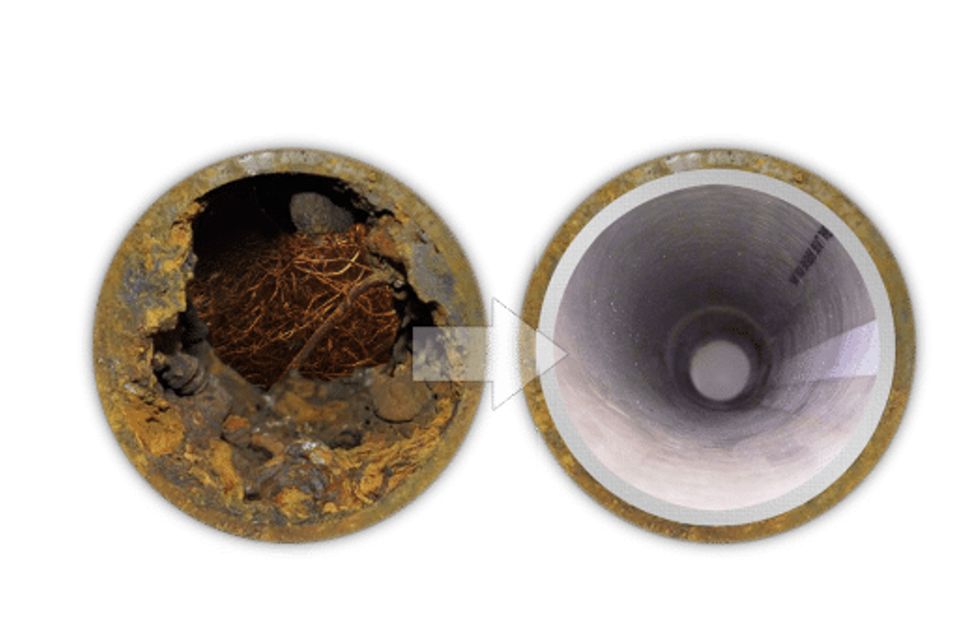Introduction:
Sewer systems play a vital role in maintaining public health and environmental sustainability. Over time, these systems deteriorate due to various factors like age, corrosion, and wear. To address these issues, sewer rehabilitation technologies have evolved, offering efficient and cost-effective solutions. Three prominent methods in this domain are Cured-in-Place Pipe (CIPP) lining, Brush Coating, and Spray-in-Place Epoxy. In this comparison blog, we'll delve into the features, applications, advantages, and limitations of each technique to understand their suitability in sewer rehabilitation projects.
1. Cured-in-Place Pipe (CIPP) Lining:
CIPP lining is a trenchless rehabilitation method widely used for repairing pipelines without extensive excavation. The process involves inserting a flexible tube saturated with resin into the damaged pipe. Once in place, the resin is cured, creating a seamless, durable liner within the existing pipe. Here are some key points about CIPP lining:
Advantages:
- Minimal disruption to surrounding infrastructure and environment.
- Suitable for various pipe materials, diameters, and shapes.
- Longevity, with a lifespan of 50 years or more.
- Smooth interior surface, enhancing flow capacity and reducing blockages.
- Cost-effective compared to traditional excavation and replacement methods.
Limitations:
- Limited suitability for severely collapsed or misaligned pipes.
- Requires access points for insertion and curing.
- Potential reduction in pipe diameter due to the thickness of the liner.
- Dependency on proper installation techniques for optimal performance.
Applications:
- Municipal sewer systems.
- Industrial pipelines.
- Stormwater drainage networks.
2. Brush Coating:
Brush coating is a rehabilitation method used primarily for smaller diameter pipes and localized repairs. In this technique, a special epoxy or polymer-based coating is manually applied to the interior surface of the pipe using brushes or spray equipment. The coating cures to form a protective barrier against corrosion and leaks. Here's a closer look at brush coating:
Advantages:
- Suitable for pipes with complex geometries and limited access.
- Quick application process, reducing downtime.
- Cost-effective for localized repairs and maintenance.
- Provides corrosion protection and extends the lifespan of the pipe.
- Versatility in coating materials and thickness.
Limitations:
- Limited applicability to small diameter pipes (typically less than 24 inches).
- May require surface preparation, such as cleaning and sandblasting.
- Dependency on proper application techniques for uniform coverage.
- Vulnerable to mechanical damage during handling and installation.
- Not suitable for large-scale rehabilitation projects.
Applications:
- Residential sewer lines.
- Building plumbing systems.
- Culverts and conduits.
3. Spray-in-Place Epoxy:
Spray-in-place epoxy lining is a trenchless rehabilitation technique used to restore deteriorating pipelines. It involves spraying a mixture of epoxy resin and catalyst onto the interior surface of the pipe using specialized equipment. The epoxy cures rapidly, forming a seamless and corrosion-resistant liner. Here's a summary of spray-in-place epoxy:
Advantages:
- Fast installation process, minimizing disruption to services.
- Suitable for pipes of various diameters and materials.
- Seamless liner eliminates joints and potential leakage points.
- Provides structural reinforcement and corrosion protection.
- Can be applied in multiple layers for added durability.
Limitations:
- Requires proper surface preparation and cleaning.
- Dependency on ambient temperature and humidity for curing.
- Potential for overspray and environmental concerns.
- Initial investment in equipment and training for operators.
- Limited suitability for severely deteriorated or collapsed pipes.
Applications:
- Water mains and distribution pipes.
- Industrial process pipelines.
- Culverts and stormwater conduits.
Conclusion:
In the realm of sewer rehabilitation, each method - CIPP lining, brush coating, and spray-in-place epoxy - offers unique advantages and limitations. CIPP lining excels in large-scale projects with minimal disruption, while brush coating is ideal for localized repairs in smaller diameter pipes. Spray-in-place epoxy provides a rapid and durable solution for restoring deteriorating pipelines. Understanding the specific requirements and condition of the pipeline is crucial in selecting the most suitable rehabilitation technique for optimal results.


